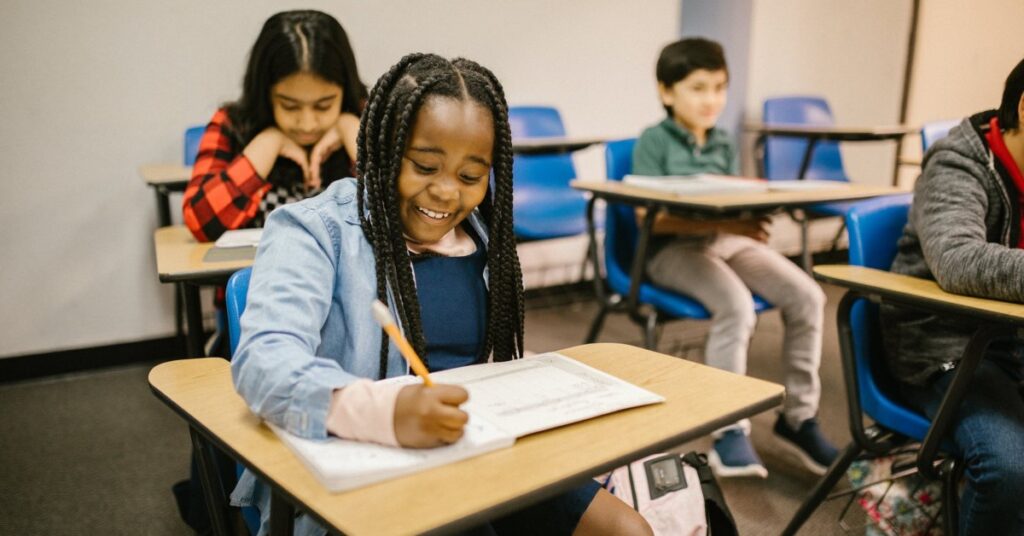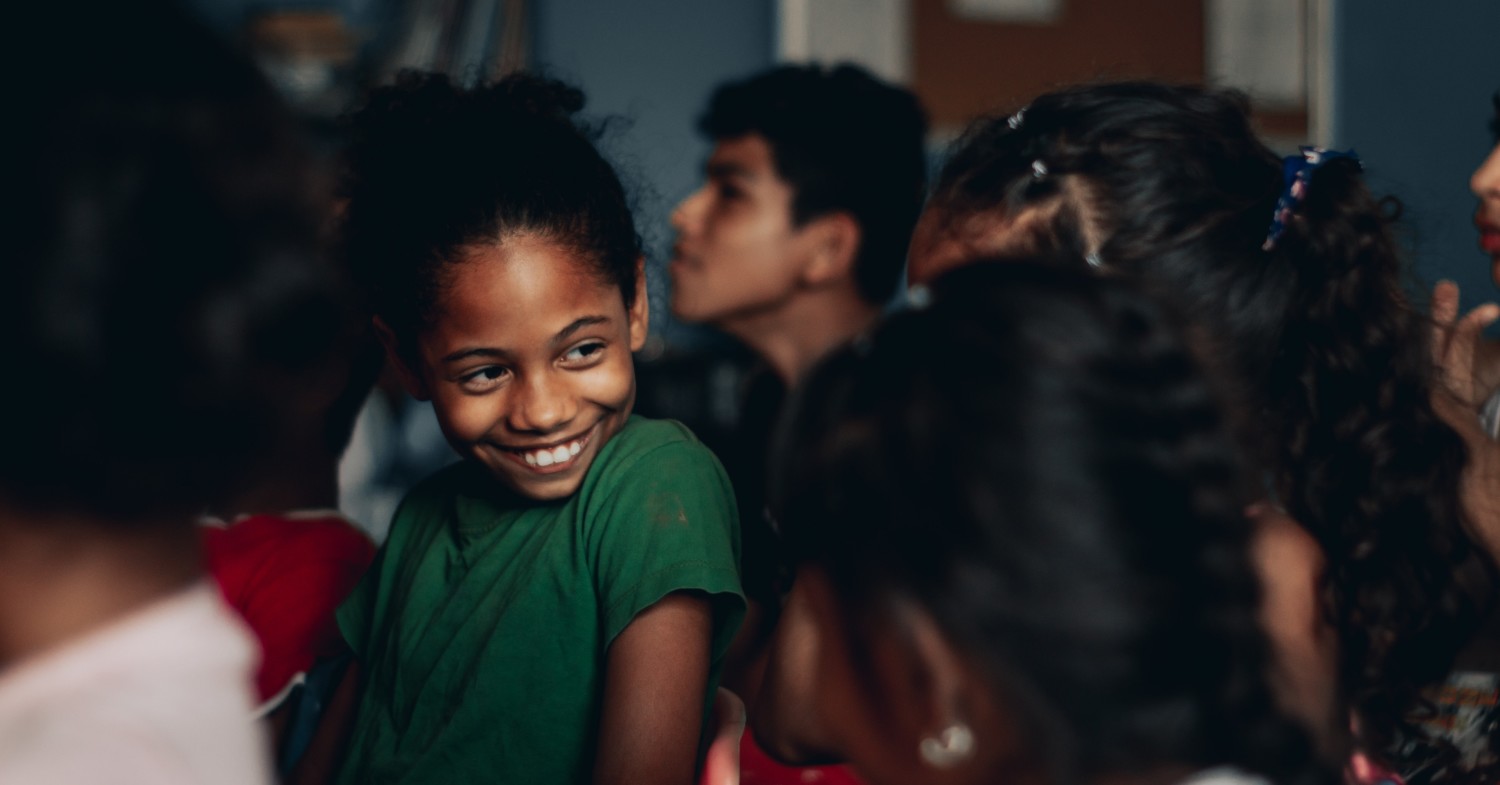
Certifications for Program Managers
Program management certifications are available for all skill levels, from [...]

Inclusive education, according to an article by Dr. Lilla Dale McManis in Resilient Educator, occurs when students with disabilities (SWD) and children of all races, languages, religions, genders, and socio-economic backgrounds attend classes together in”age-appropriate general education classes… in their own neighborhood schools” and receive “high-quality instruction, interventions, and supports” that enable them to successfully complete the core curriculum. Inclusive education also allows all students to fully participate in all extracurricular school activities.
Up until the mid-1970s, it was legal to discriminate against students with disabilities (SWDs) in many education systems in United States, and millions of SWDs were consequently prevented from attending public mainstream schools. This changed in 1975 with the federal Education for All Handicapped Children Act (EHA), which required public schools to provide a free and appropriate education to all students with disabilities. The law was later strengthened by the 1990 Americans with Disabilities Act (ADA), which guaranteed people with disabilities equal opportunities, access, and treatment. Subsequent reauthorizations of the EHA—such as the Individuals with Disabilities Education Act (IDEA)—have further expanded disabled students’ rights.
During the 2018-2019 academic year, 8 million children aged 3 to 21 with a wide range of disabilities received a public school education in the United States under IDEA. However, while the percentage of students with disabilities in general education classes continues to increase, many traditional teacher education programs are not adequately preparing their student teachers in inclusive education.
So, what does inclusive mean in education? If you’re thinking about becoming a teacher and want to learn more about inclusive education and the master’s programs that teach it, we have some answers. This article addresses:
According to Dr. McManus, schools that practice inclusive education “operate on the premise that students with disabilities are as fundamentally competent as students without disabilities” and understand and address the diverse student differences, “which can include physical, cognitive, academic, social, and emotional.” Inclusive education means that the teaching, curriculum, school facilities, and transportation are appropriate for all students—and no child is excluded.
There are many tenants of inclusive education, but all are driven by the primary goal of helping all students learn together in a learning environment that meets their diverse needs and provides a quality education for everyone.
The basic elements of inclusive childhood education include:
Inclusion happens at an interpersonal level in the classroom, not just through resource allocation. According to “Elements of Inclusion: Findings from the Field” by Christopher McMaster, “an essential element in making any type of inclusion successful is the ability of teachers and students to weave relationships.” He illustrates this by discussing how teachers and students who spend more time together develop stronger bonds. As well, many of the best inclusive environments have a classroom unit that provides services to help students better integrate with their peers and hone their social skills.
McMaster also highlights the need to encourage students’ self-advocacy. He recounts how his daughter asked to leave a specialized reading program. Her request was granted, and she received appropriate reading instruction in her general education inclusive classroom without being separated from her peers. Self-advocacy may be challenging for younger students, but it’s an essential skill for all students to acquire (particularly for SWDs), and it helps to start learning this early.
According to UNICEF, the benefits of inclusive education include the following:
| University and Program Name | Learn More |
|
New York University:
Master of Arts in Teaching
|
|
|
Merrimack College:
Master of Education in Teacher Education
|
If you’re planning to become a teacher and want to learn teaching methods to meet the diverse learning needs of your students, you should consider pursuing a master’s in inclusive childhood education. As well, the demand for teachers with competency in inclusive education is likely to increase as more and more school districts adopt the inclusive education model and become inclusive schools. This degree also is valuable if you are planning to embark on an educational consulting or advocacy career.
The most common types of master’s degree programs for inclusive education are a Master of Education (MEd) in Inclusive Education or Master of Science in Inclusive Education, or Master of Arts in Childhood Education and Special Education. In addition, most provide you with dual certification in childhood education plus either inclusive education or special education.
At New York University, the program “focuses on the duality of the degree—pedagogical, field-based, inclusive, and content-focused courses for all learners Grades 1-6.” Other programs may focus on different ages and grade levels. NYU offers a unique opportunity to those interested in an inclusive education master’s but who do not hold an undergraduate degree in education: its teacher residency program combines a full-year teaching apprenticeship with an online master’s degree to facilitate teacher training and licensure in one year.
The University of Kansas Master’s in Early Childhood Unified covers many of the same subjects as NYU’s program, but centers around younger students up to kindergarten. You also can learn about inclusive education by pursuing a special education degree.
Master’s programs typically take two years to complete, though part-time students (usually working teachers) can take longer. NYU’s program takes two academic years. Its teacher residency takes one year to complete.
Common admission requirements include submitting a resume/CV, undergraduate (and, if applicable, graduate) transcripts, a personal statement, and letters of recommendation. In addition, some programs require that you have completed undergraduate content core requirements in your teaching certification area (see NYU’s content core requirements, for example). At many schools, submitting Graduate Record Examination (GRE) and Miller Analogies Test (MAT) scores has become optional, but is oftentimes recommended.
Though curricula differ among schools, they will be focused on teaching strategies and inclusive practices central to educating children of all abilities, conducting interventions, and managing an inclusive setting.
Over the course of its program, NYU offers courses such as:
The following schools are considered top ten education schools by US News and World Report that offer master’s in inclusive education.
Columbia offers a MA in Early Childhood Education and Early Childhood Special Education with Dual Initial Certification. Education students tackle “important issues pertaining to inclusive education via pedagogical, political, psychological, and sociological perspectives.” Columbia’s program emphasizes fieldwork via student teaching and practicum. The school strives to develop teachers who work well with entire families and are informed about legislation’s impact on all students. (Note: During 2022, Columbia is evaluating and updating the program’s curriculum; it won’t be accepting new students until 2023.)
NYU’s Master of Arts in Childhood Education and Childhood Special Education prepares its students “to teach children at all ability levels by preparing for your New York State initial teaching certification in both general and special education for grades 1–6.” This is achieved through fieldwork, student teaching, and classes that connect pedagogy with practice. By graduation, students are ready to teach in both general and special education settings.
Vanderbilt’s special education MEd is an inclusive teaching program. The school teaches cutting-edge special education practices and offers numerous inclusive teaching resources, including workshops. Students choose one of four focus areas in special education: applied behavior analysis, early childhood, high incidence (children and young adults with reading and math disabilities and persistent behavior problems), and low incidence (severe disabilities and visual disabilities). Students here can specialize in a wide range of special educational needs, including severe autism.
Questions or feedback? Email editor@noodle.com

Program management certifications are available for all skill levels, from [...]

Minorities constitute over half of public school student populations, yet [...]

A Master of Science in Information Management (MSIM) opens opportunities [...]

People working in the computer science field with advanced computer [...]

The AASWSW's grand challenges for social work include interventions to [...]
Categorized as: Elementary Education, Special Education, Education & Teaching